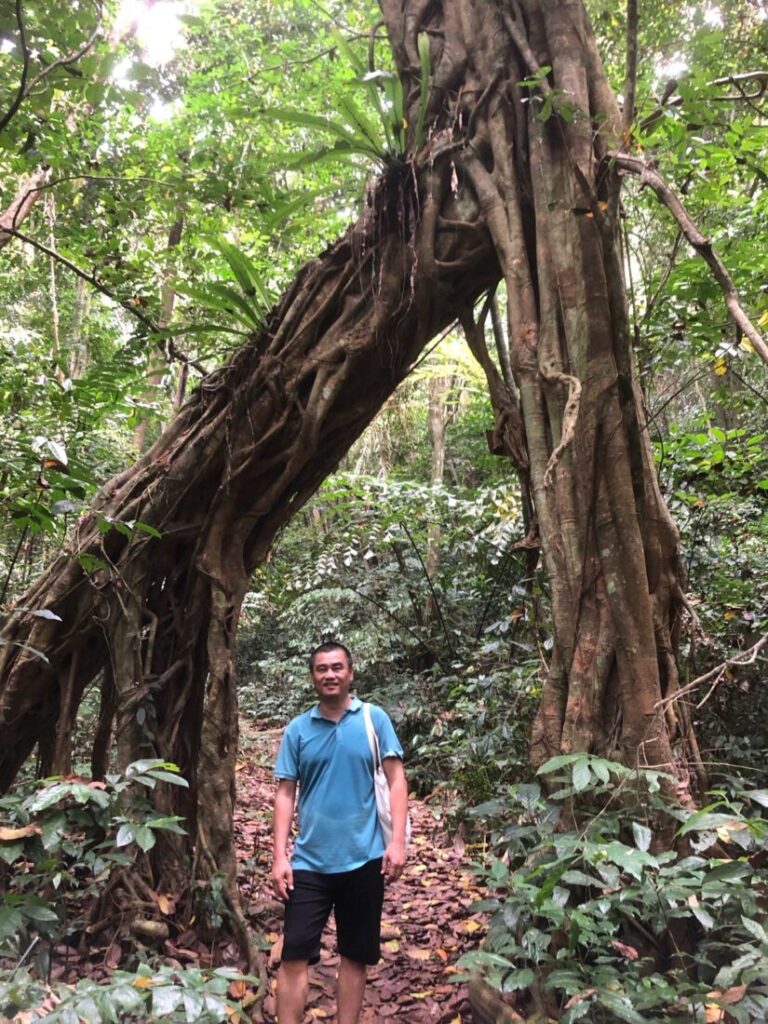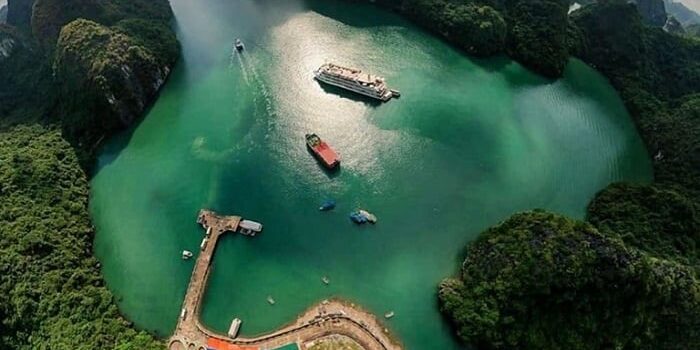Discovering Viet Hai: A Journey Through Time and Nature
Viet Hai, a remote village nestled in the heart of Northern Vietnam’s spectacular karst landscape, offers a compelling story of transformation and the enduring spirit of its people. As a long-time friend and business partner of Quyen, a local entrepreneur, I’ve witnessed firsthand the village’s evolution from a quiet agricultural community to a bustling hub of eco-tourism.
Quyen, whose life changed with the advent of tourism, runs a restaurant and bike rental service that caters to both the locals and visitors. This shift from traditional rice cultivation to tourism has brought new opportunities to the 80 households of Viet Hai, intertwining their destinies with the rhythms of the sea and the whispers of the mountain.
Embracing Slow Tourism
Instead of the usual quick visits, I chose to immerse myself fully in the rhythms of Viet Hai by staying at Lan Homestay. Located near Quyen’s restaurant, this rustic but comfortable accommodation is surrounded by a lush garden, offering a serene retreat from the bustle of daily life. This decision to experience slow tourism allowed me to connect more deeply with the village and its surroundings.
A Trek to Remember
One morning, filled with anticipation, Quyen and I embarked on a challenging trek to the Cat Ba National Park headquarters and onward to explore the historic Tien Duc Cave. It had been nearly a decade since Quyen last took this path, and he was eager to revisit it with me. Starting at 8 AM, equipped with sturdy shoes, insect repellent, and snacks, we began our 9 km journey across the park’s longest trail.
The trek was both a physical and sensory experience. We paid 80,000 VND for our entrance, a small price for access to one of Vietnam’s largest parks. As we walked, we absorbed the sights and sounds of the rainforest—each step a deeper dive into a world where nature dictates the pace and humans are mere guests.
Lessons from the Past
At Tien Duc Cave, Quyen shared stories of the villagers’ lives during the turbulent years of the Vietnam War. The cave, which once served as a shelter for the entire community, still bore marks of its past, with kitchen areas, tables, and beds etched into its walls. This visit wasn’t just a physical journey but a passage through time, connecting us to the resilience of those who once called this cave their temporary home.
The Karst Museum of Earth
The trek also offered breathtaking views of the surrounding karst formations. These natural sculptures, shaped by millennia of erosion, stand as silent witnesses to the immense geological and historical processes that have shaped this land. The jagged peaks and lush valleys told stories of ancient seas and the relentless force of nature carving out a landscape of awe-inspiring beauty.
Encounters and Reflections
Our return journey was marked by encounters with fellow trekkers, including a French couple exploring Vietnam’s rich natural heritage. These brief exchanges, filled with stories and laughter, underscored the universal appeal of Viet Hai and its ability to connect people from all walks of life.
As we concluded our trek and made our way back to civilization, the experiences of the day lingered in my mind. Viet Hai, with its compelling blend of history, culture, and natural beauty, offers more than just a getaway. It is a testament to the enduring human spirit and the transformative power of nature, inviting all who visit to not just see but feel, learn, and grow.
This journey through Viet Hai was more than just a visit; it was a profound engagement with a place that continues to evolve while respecting and preserving its past. It is a reminder that in the quietest corners of the world, we can find the most resonant stories waiting to be discovered.

Dr. Pham Ha is the Chairman and CEO of LuxGroup (https://www.luxgroup.vn), a conglomerate of prestigious companies and a leading expert in the luxury tourism industry. Besides his business activities, he is also passionate about collecting paintings, antiques, writing about branding, economics, business management, and books on cultural heritage, history, and art.

